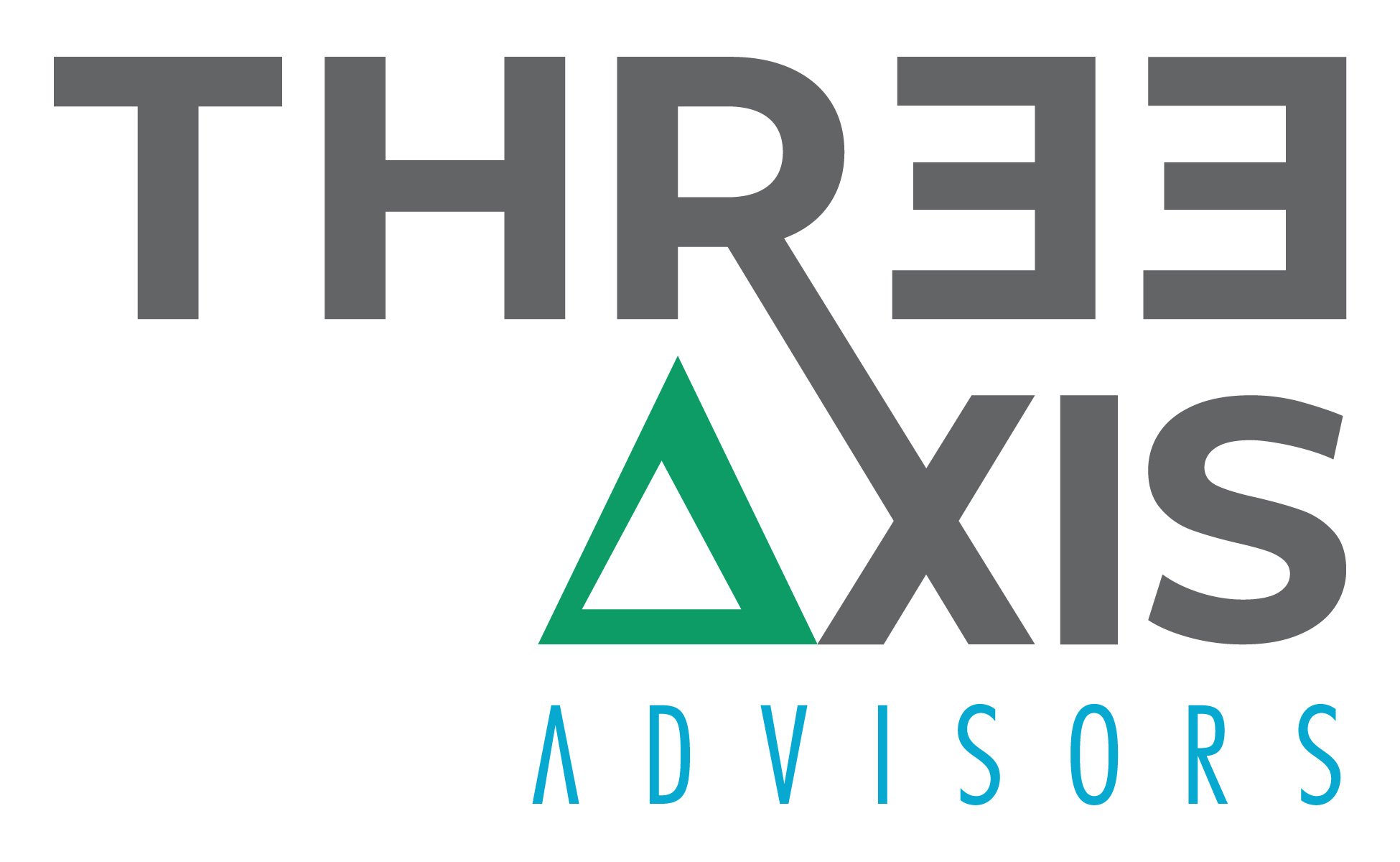Oregonians, like many Americans, currently experience hardships due to high healthcare costs. A 2021 survey of Oregon adult residents found that 55% encountered cost-related barriers to getting healthcare, including cutting medication in half, skipping doses, or not filling a prescription due to cost. It is well documented that the United States spends enormous sums on healthcare. And while the common perception may be that “you get what you pay for” in regard to health outcomes, the data does not support that perception with regards to U.S. healthcare. The reasons for the low performance are undoubtedly multi-factorial, but an area of increasing interest is disparities of care, which arise based on social characteristics of a population. Indeed, one of the primary goals of the Centers for Disease Control and Prevention (CDC) is to achieve health equity by eliminating health disparities and achieving optimal health for all Americans.
While prescription drugs represent just one component of healthcare costs and utilization, they provide one of the most transparent ways to contextualize potential healthcare inequality. This is because the reimbursement structure of prescription drugs is inherently unequal. There are more than a dozen pricing benchmarks that could be utilized from a typical drug reference file to determine a drug’s price. Such benchmarks might be “objective” in that they could be sourced from a drug reference file directly, but rarely does that objectivity translate into a consistent price at the pharmacy counter for any particular drug. The options for how to pay for drugs become nearly limitless when you consider that each payer for prescription drugs potentially pays for the same product and service in a different way despite the same reliance on the same pricing benchmarks. When there are many prices for a product, there is effectively no price for that product.
The disparities in pharmacy pricing and the inequality of payment experienced across provider types resulted in 3 Axis Advisors being commissioned by the Oregon State Pharmacy Association (OSPA) to review reimbursement trends between payers and retail pharmacies between 2019 and 2021. The primary request was to identify if there may be the existence of differential pricing in payment or PBM-to-pharmacy spread pricing among Oregon Medicaid retail pharmacy networks, which could compromise the sustainability of some providers and create barriers to care for many Oregonians.
We ended up uncovering so much more.
Read More





